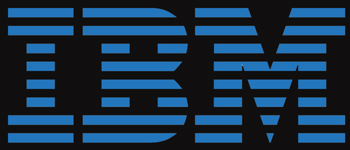
The IBM software is called Spatiotemporal Epidemiological Modeler (STEM) and can be used as a tool for public health scientists worldwide to forecast how diseases will spread.
This software predicts things very much in the same way that meteorologists predict the path of storms.
“STEM will allow public health officials to model the spread of a disease much like modeling a storm or a hurricane,†stated IBM Healthcare and Life Sciences engineer Joseph Jasinki.
“It allows us to produce a public health ‘weather map’ for the spread of a particular disease. Until now, it has been difficult to simulate health crisis scenarios on a global scale. STEM gives us the power to do that,†he added.
According to lead STEM researcher Dan Ford, IBM’s open-source software is available to scientists, researchers and public health protectors worldwide through the nonprofit Eclipse Foundation.
The program provides base information, such as road maps and macro-economics, and allows public health officials to “tweak” it with local details such as air traffic patterns. Information available from anywhere in the world can be added to customize programs that forecast how particular diseases will likely spread in local regions, Ford said.
The STEM software is simple enough to run on a typical laptop computer, and the open-source format means that it is public property and can be improved by anyone with the skill.
“It is designed to be available to everybody,” Ford said. “You don’t need a supercomputer for it. I’m sure IBM would like to sell you one, but you don’t need it in this case.”
Officials in a health crisis for example could create models to assess how shutting down plane or train travel might slow the spread of contagious disease.
